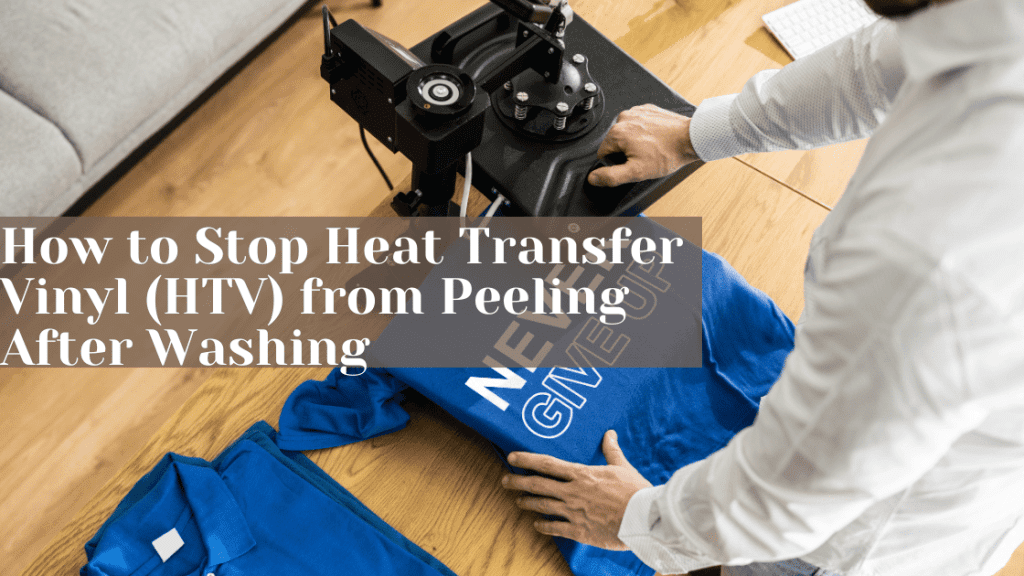Heat Transfer Vinyl (HTV) is a fantastic material for customizing clothing, bags, and other fabrics. However, peeling designs after washing is a common frustration for crafters. Whether you’re a DIY enthusiast or running a custom apparel business, these tips will help you apply HTV correctly and prevent peeling issues for long-lasting results.
1. Use the Right Temperature, Pressure, and Time
Problem: Incorrect heat settings can cause the adhesive to under- or over-activate, leading to peeling.
Solution:
- Follow the manufacturer’s recommended heat, pressure, and pressing time for the type of HTV you’re using.
- Use a heat press for consistent pressure and temperature. If you’re using an iron, apply firm and even pressure without moving it around.
- For layered designs, press each layer for a shorter time and finish with a final press.
2. Choose the Right Fabric
Problem: Some fabrics do not bond well with HTV, causing designs to lift after washing.
Solution:
- Ensure the fabric can withstand the recommended temperature (e.g., avoid synthetic blends that melt easily).
- Test HTV on fabrics like cotton, polyester, or blends designed for heat applications.
- If working with challenging fabrics (e.g., nylon or spandex), use HTV designed for low-temperature settings.
3. Pre-Wash and Prepare the Fabric
Problem: Dirt, oils, or chemicals from fabric softeners can prevent proper adhesion.
Solution:
- Pre-wash the fabric without fabric softener to remove residues.
- Iron the fabric briefly before applying HTV to remove wrinkles and moisture.
4. Ensure Proper Application Technique
Problem: Improper technique during the application can weaken the bond between the HTV and fabric.
Solution:
- Apply HTV on a firm, flat surface for consistent pressure.
- Use a Teflon sheet or parchment paper to protect the design while pressing.
- Check the vinyl’s edges after pressing to ensure they are fully adhered.
5. Use High-Quality HTV and Tools
Problem: Low-quality HTV may have weaker adhesive properties, leading to peeling.
Solution:
- Invest in reliable brands like Siser EasyWeed, Cricut HTV, or Caesar HTV.
- Replace dull cutting blades and clean your cutting mat for clean cuts and easy weeding.
6. Wash and Care for HTV Designs Correctly
Problem: Improper washing or drying can lift or damage HTV designs.
Solution:
- Wait at least 24 hours before washing freshly pressed designs.
- Wash garments inside-out in cold water on a gentle cycle.
- Avoid bleach, fabric softeners, or harsh detergents.
- Tumble dry on low heat or air-dry to extend the life of the design.
7. Test and Troubleshoot Regularly
Problem: Designs may still peel despite following best practices.
Solution:
- Test small patches before pressing the full design.
- For peeling edges, reapply heat and pressure with a protective sheet to reseal the vinyl.
- Use heat-activated sealers or fabric glues for persistent issues.
Why Proper HTV Application Matters
Taking the time to apply HTV correctly ensures your designs last longer and maintain their professional look. Whether you’re crafting for personal use or business, these techniques will reduce waste and increase customer satisfaction.
Need More Crafting Tips?
Explore DailySVGs for free SVG designs and expert advice for all your crafting projects!



